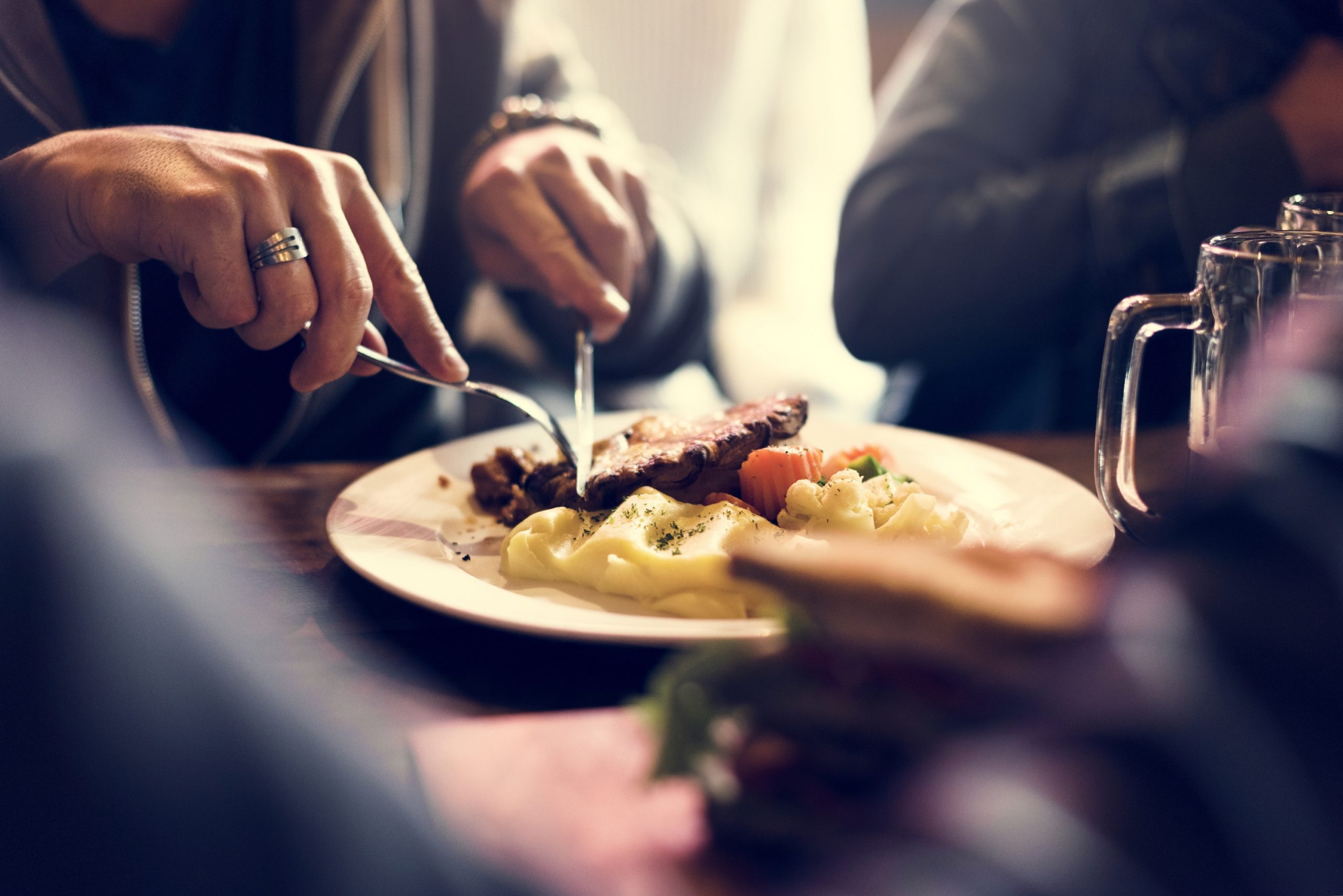

Tracking costs can be challenging but getting started is easier than you think. Here are nine ideas for monitoring—and managing—ingredient costs that every bar owner can benefit from.
We’ve said it before: You’ve got to have a cocktail bible, and not just because it makes training easier. Setting clear standards for the amounts and brands used in popular drinks makes the difference between a profitable bar program and one that breaks the bank.
Once your recipes are written down, review them regularly to keep your pricing profitable. (Our Drink Price Calculator can help!) While it’s tempting to ignore pricing until you’re ready for a major menu refresh, fluctuating ingredient costs make margins vulnerable, something no business can afford.
Unless your bar is famous for free pours, requiring staff to use a jigger or ball pourer is a great way to control portions. Impressive as free pouring is, an extra couple of seconds can equate to an extra quarter ounce of alcohol. That’s no big deal for one drink, but when it becomes a regular practice, one out of every five bottles you buy is literally being given away gratis.
If your bar has multiple locations, be vigilant about monitoring what your vendors charge for the same item. A $5 difference on a case of limes might seem like no big deal, but if you buy a case a week, that’s $260 down the drain at the end of the year. And if you’re overpaying at multiple stores, the cost compounds quickly.
All the recipes and training in the world can’t combat a tip-hungry employee who slips customers top-shelf liquor at well prices. But a robust food inventory program comparing sales against ending inventory to identify discrepancies between what you’re selling and stock on hand. If premium bottles regularly come up light (adjusting for evaporation, of course), further investigation is warranted.
Being mindful of carrying costs—the amount of money tied up in unsold inventory—is critical, especially when ordering for special events. Historical sales data should be the first thing you consult when deciding how much Guinness to buy for St. Patrick’s Day or tequila for Cinco de Mayo, but don’t let your POS have the final word. After all, there’s a huge difference between the turnout on a Tuesday and a Saturday night spree.
When everything’s under one roof, it’s easy to dismiss transfers as a financial shell game—after all, the money comes from the same account, right? But when you don’t transfer items used by the bar that are usually attributed to the restaurant (or vice versa), visibility is compromised. Without a careful accounting of the sugar the bar uses in cocktails, you’ll artificially inflate the food cost percentage on the restaurant side of the house, making it more difficult to identify and address problems as they arise.
You probably look over your profits and loss report at the end of every period. But if you can’t get a sense of the health of your entire business in short order, it’s time for a change. Start by splitting food and beverage into separate departments so it’s easier to see trends in each. Then give some thought to breaking beverage into alcoholic and non-alcoholic for insight at a glance.
For real control over your food costs, it’s not enough to settle for general ledger reports. Rolling all of your produce purchases into a single GL is convenient (and more than adequate for accounting purposes), but it can obscure concerning trends. For example, if you spend $12,000 a month on fruits and vegetables, a $300 spike in the cost of oranges is easy to miss, especially if another ingredient has just dropped in price. Having insight into line item-level data provides extra transparency that alerts you to problems before they spiral out of control.
With labor and rent perpetually on the rise, the best way bar and restaurant operators can fatten up their margins is by slimming down food and beverage costs. Thankfully, a few small tweaks can make a big difference to your bottom line, turning dollars that would have been debits into pure profit.
Schedule 15mins to chat with a product specialist
Start a FREE Trial Today! BevSpot offers full product education and account setup for all customers! No card Information needed!
